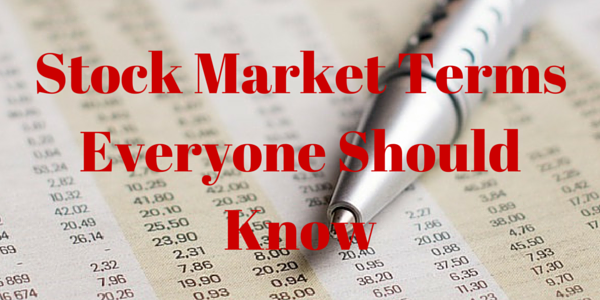 There are lots of significant, common ratios when evaluating stocks including penny stocks, small cap stocks, value stocks and growth stocks stock investors can use. Ratios are instruments for investors according to an organization’s fiscal or other advice. As a whole ratios can be strong when used in combination, although there’s no one magic number.
There are lots of significant, common ratios when evaluating stocks including penny stocks, small cap stocks, value stocks and growth stocks stock investors can use. Ratios are instruments for investors according to an organization’s fiscal or other advice. As a whole ratios can be strong when used in combination, although there’s no one magic number.
A stock’s P/E ratio is a measure of the cost paid for a share relative to gain or the yearly income made by the company per share. An increased P/E ratio means that investors are paying for each unit. Typically, stocks with higher earnings increase will have those with lower earnings increase and a higher P/E is going to have lower P/E.
Another well-known stock ratio is the P/S ratio or the Price / Sales ratio, or price-to-sales ratio. It’s another valuation metric. It’s computed by dividing the business’s market cap by the business’s revenue in the most recent four fiscal quarters, or the latest fiscal year. Another means to compute the would be to divide the per-share stock price -share revenue. The P/S ratio may be used to ascertain the value of a stock relative to its previous performance. In addition, it can be utilized to ascertain the relative valuation of the marketplace in general or a sector.

P/B ratio, or the price-to-book ratio, is another common ratio used when valuing stocks. This is a financial ratio to compare the book value of an organization to its present market price. Book value describes the quantity of the business held by the stockholders. This can be another method to uncover the stocks that are greatest from the big group of value stocks.
The PEG ratio is the Cost/ Earnings. This is a valuation metric for ascertaining the comparative tradeoff between a stock’s cost, the gains produced per share (EPS), and the anticipated increase of the firm. Generally, the P/E ratio is higher for a firm with a growth rate that is higher. So using only the P/E ratio would make high-growth businesses overvalued relative to others.


A very informative article on ratios. I have always wondered what these meant and how it could help me determine where to invest.